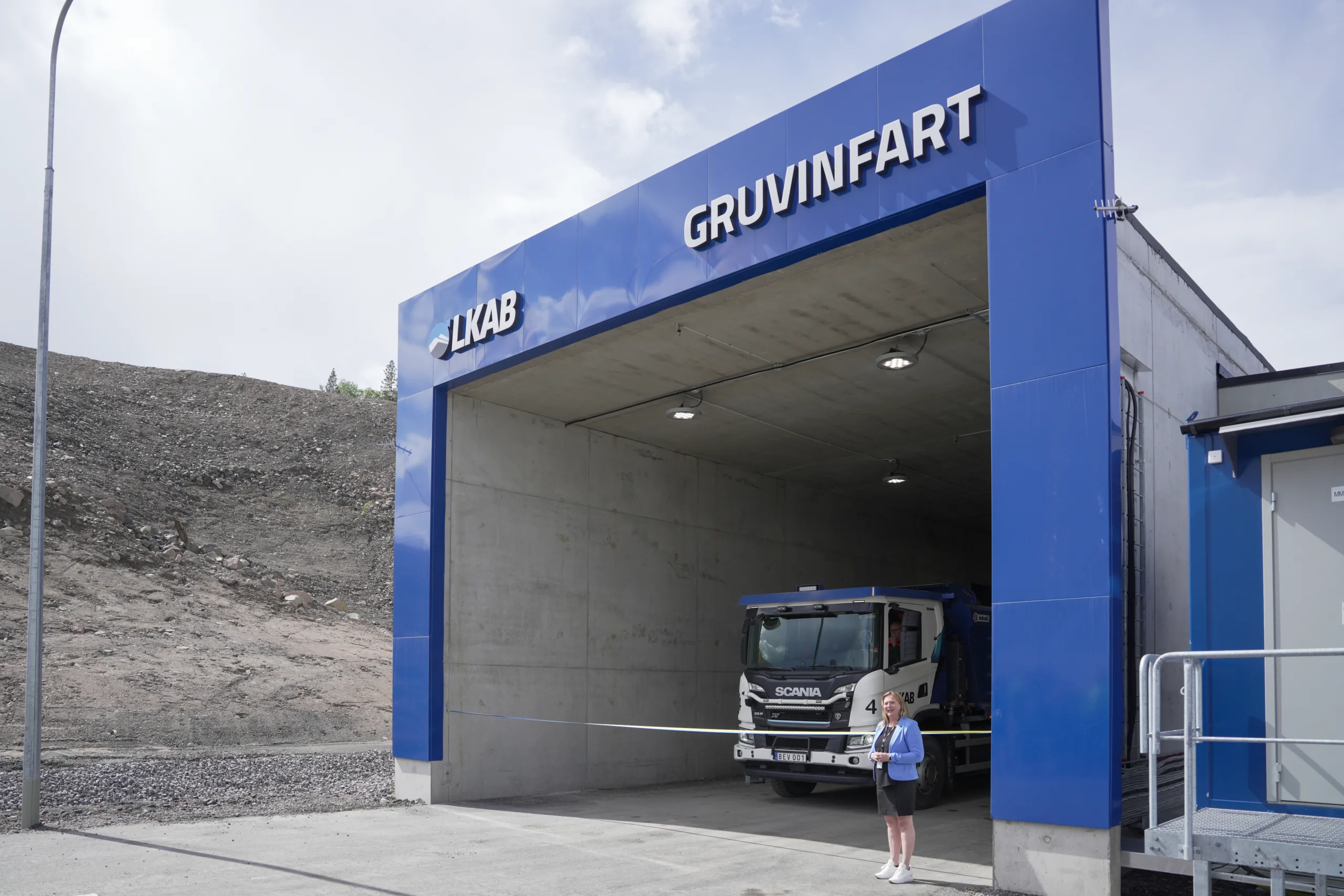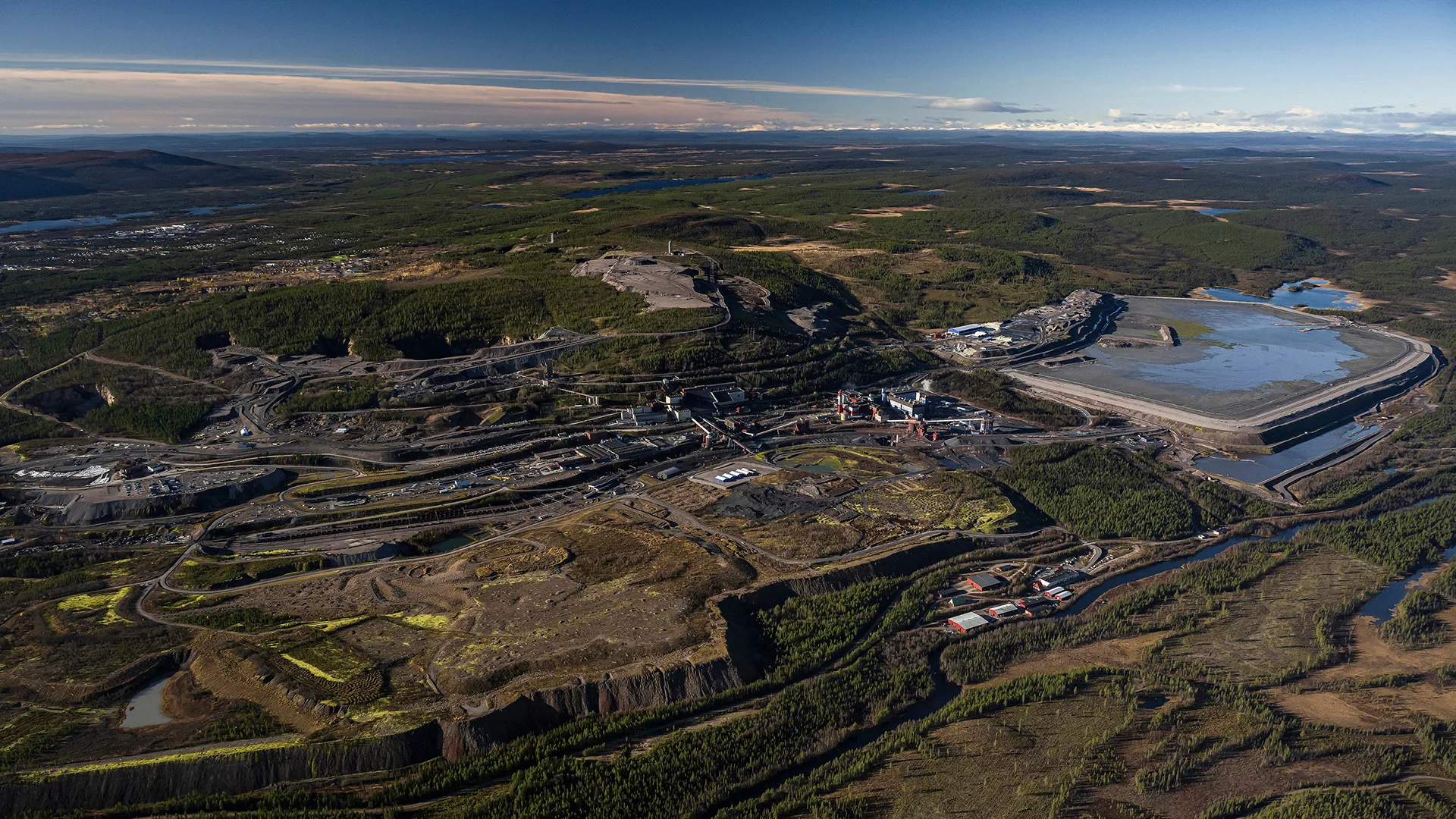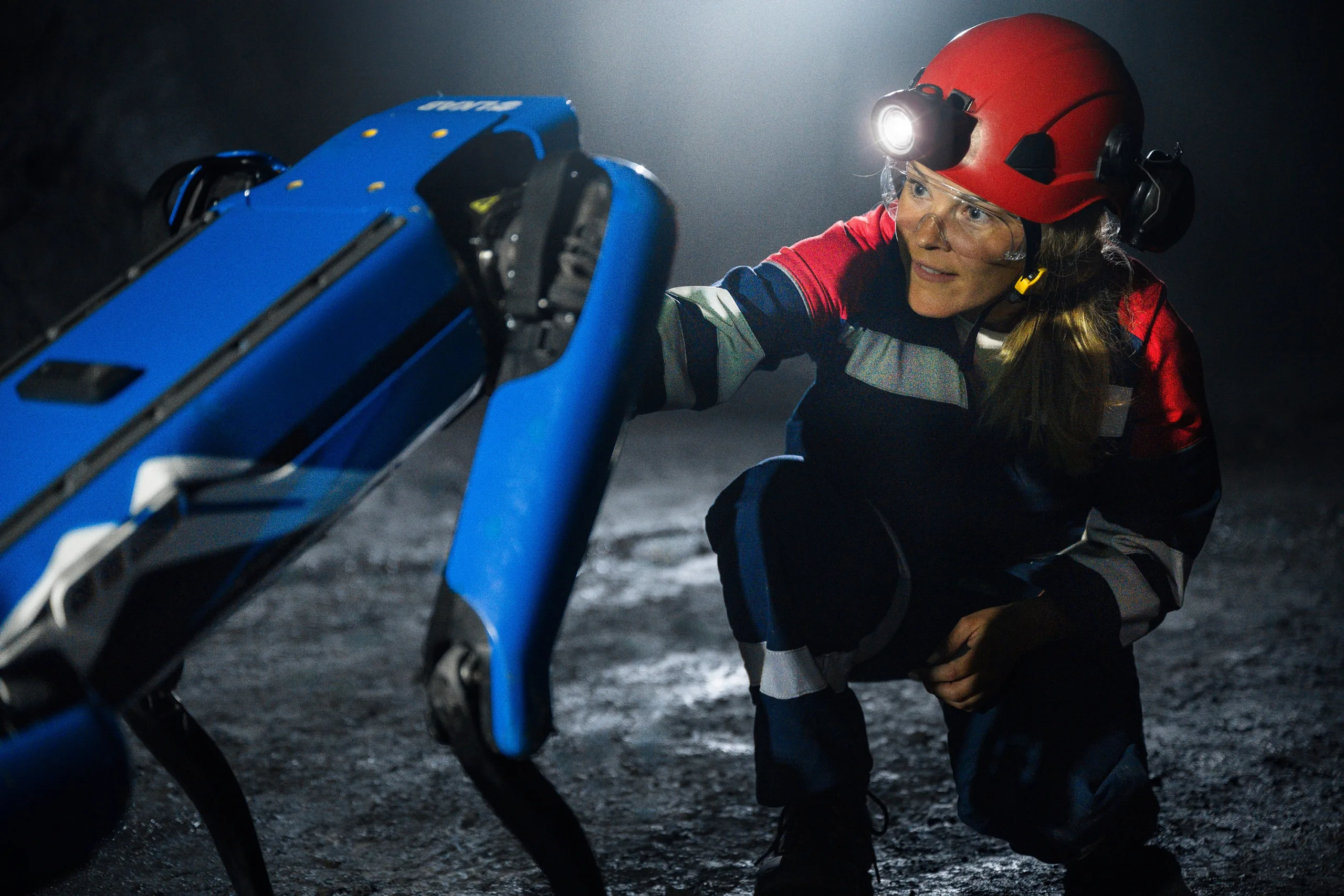Transport solutions for the mine of the future
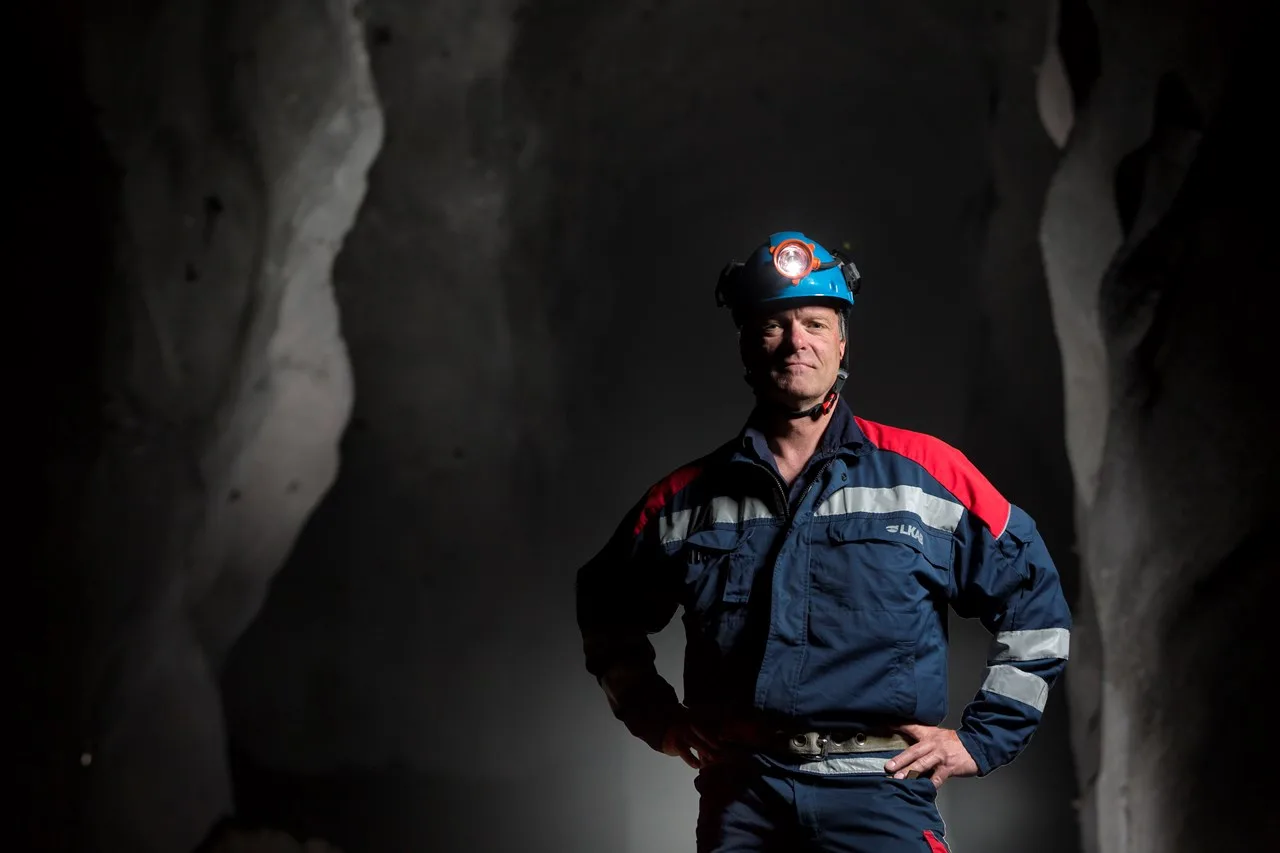
The Sustainable Underground Mining project, SUM, has four sub-projects that are closely interconnected. In one of the sub-projects, autonomous, smart and carbon-free vehicles will be tested in LKAB's test mine, Konsuln in Kiruna. Here humans and machines will work together safely.
The strength of a major partnership such as SUM is that each company can contribute with its unique expertise. Epiroc has extensive experience of machinery developed for use underground and the Volvo group of vehicles used above ground. Combitech contributes with knowledge of how different systems can be integrated with each other and ABB with management systems, i.e. how the communication can work.In sub-project 2, DP2, the focus is currently on knowledge sharing and finding a common level to start with. The goal is to test electrically driven, both manual and self-steering loaders, drilling rigs and forklifts that will interact with each other, with people and with other vehicles operating in the mine.
Smart, simple and safe systems for underground transport in mixed traffic”There are several challenges, but one of the biggest is to find smart, simple and above all safe systems for underground transport in mixed traffic. We know that autonomous machines must work together with driver-controlled vehicles in the mine. Many people think that the technology already exists, but it does not. We will be the first with this”, says Hans Engberg, LKAB’s project manager for DP2.”We started with a survey of LKAB’s mining operations. Volvo needs to know what vehicles are in the mine, how and where people will move and how everything works together. From that we will then look at what autonomous solutions can work in the rather special environment that is, after all, an underground mine”, says Mariana Forsberg, project manager for the Volvo group.With autonomous machines, loading can be done for longer periods of time, which among other things helps to reach LKAB’s goal of increased productivity. LKAB also strives for a carbon-free operation, and this is where electric vehicles with batteries are deemed to be an option in the mine. How and where batteries should be charged in a production environment is one of the many questions that sub-project 2 should provide answers to.
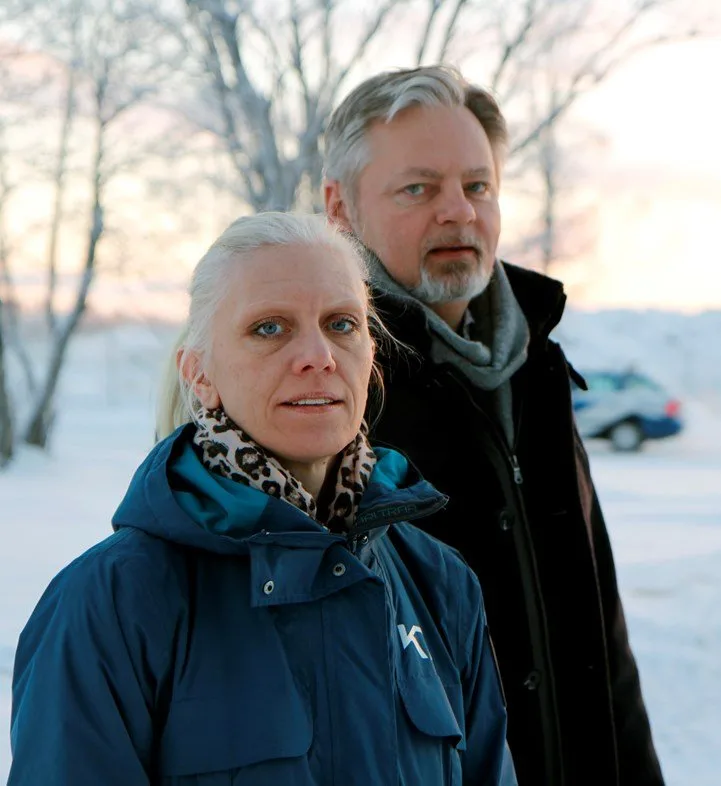
“Based on the overall objectives of the project, we will set milestones so that we can perform real test situations in Konsuln. It is a case of making use of the knowledge that exists in our various companies in SUM and bringing some fresh thinking together, with safety as a guiding light. SUM is bigger than the sum of its parts”, says Niklas Fors, Epiroc’s project manager.
Precise positioning of machines and peopleAnother important issue is finding answers to how data should be communicated, so that the right information reaches the right recipients at the right time. For a safe and accessible working environment, vehicles should also be smart, i.e. able to exchange information by being connected in real time. This requires precise positioning of machines and people. How the data is to be collected and reach the right person or vehicle must be tested and evaluated.The ambition is that live testing will begin in the test mine in about a year. All test results should then be used as a basis for LKAB in the mid 2020s to decide how mining should look after the year 2030, when the current main levels in the mines in Malmberget and Kiruna are deemed to be mined out.”Autonomous and smart machines are absolutely part of the solution to become carbon-free and increase productivity, but we will always need people in the mine. However, today’s miners will not do the same things as tomorrow’s. New technology brings new tasks, just as it always has in all development, whether it be in the mining industry or in society at large. What we are facing requires knowledge, fresh thinking and hard work. SUM is about our future,” says Hans Engberg.

